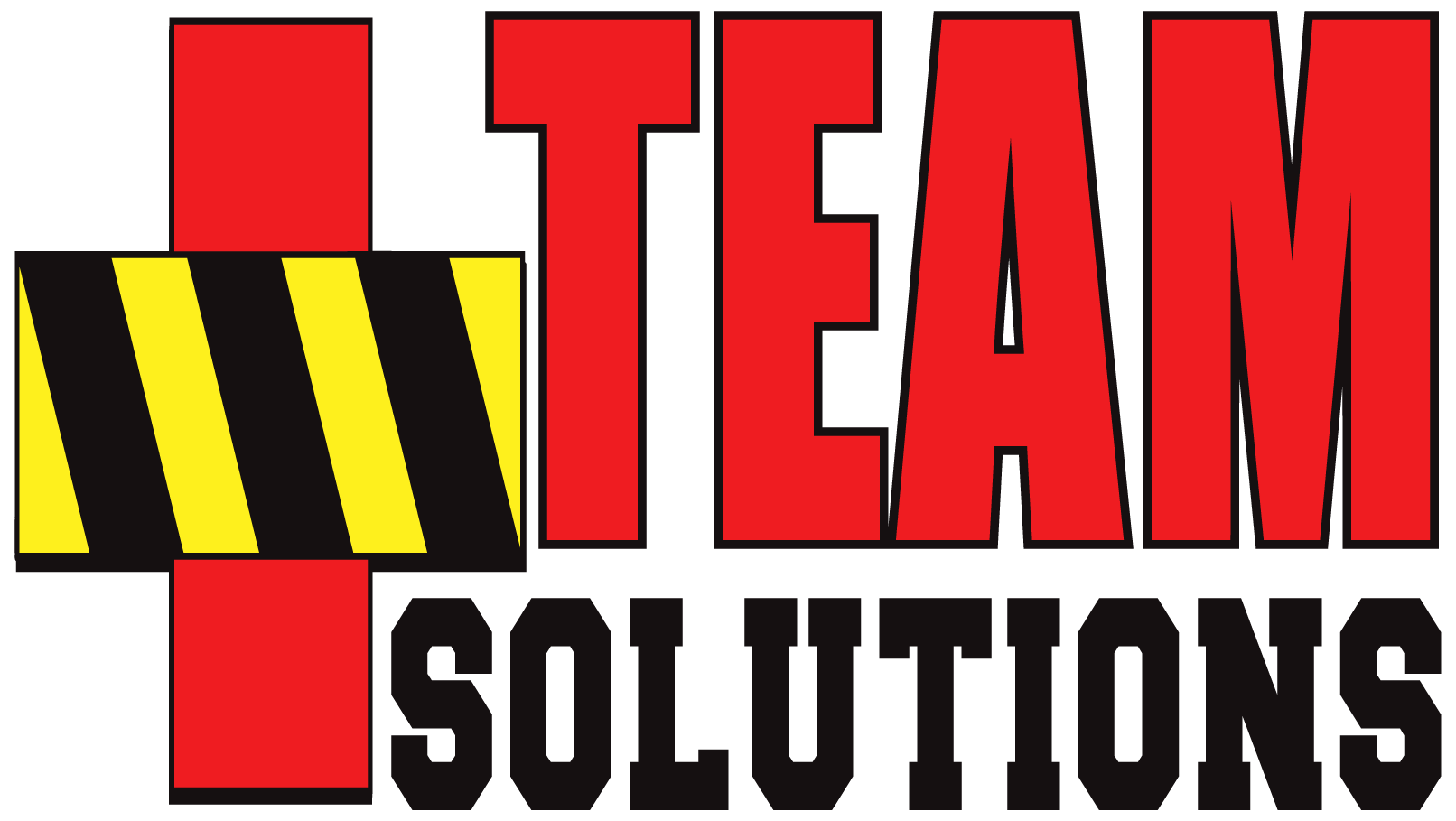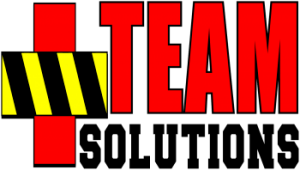Read the news, trade journals, and industry 'insights' and you'll find conclusions that mostly deal with 1st-level consequences and solutions.
Very few bother even imagining the existence of any 2nd-level consequences and solutions, much less, considering their impacts.

Here's a simple example:
In 2011, over 40 exotic animals were set loose into the Zanesville, Ohio community by a suicidal 'zoo-keeper'.
1st-level solution = Chase them, dart (tranquilize) them, and return them to the zoo!
2nd-level solution = Kill them immediately. Exotic animals, especially those that are injured and bleeding often carry zoonotic diseases that can create a public health emergency.
If we only solve the first problem without considering the potential consequences of the second problem, we can easily make things worse, not better.
"Our task is not to fix the blame for the past, but to fix the course for the future."
~John F. Kennedy
Which brings me to the main point of this article.
The harder an organization works to address their 1st level consequence, the more distant the solution is for their 2nd level consequence.
"The harder an organization works to address their 1st level consequence, the more distant the solution is for their 2nd level consequence." ~ Mike McKenna/TEAM-Solutions.US
And that's never been more true than the struggle some organizations have with reconciling special treatment versus equal treatment ...
An example from recent headlines:
BACKGROUND: A meeting attendee was repeatedly rebuked by another attendee, causing friction within the group.
I'll interpret this on face-value since none of us were in said meeting.
Using their finely-tuned special-treatment filter, the company concluded that because the two participants had different labels (insert special label here), the lack of diversity was the problem and more special labels were the solution to equalize the situation.
That's the 1st-level result from their 1st-level thinking.
Remember, special and equal are different.
2nd-level thinking may have discovered that attendee #1 was rebuked and treated 'unfairly' because of their behavior, not their special label. For instance, did anyone consider how a person - regardless of their label - should be treated if they:
- are a miserable human?
- didn't read the agenda?
- didn't wait their turn?
- were never invited to the meeting to begin with?
- etc?
Because the leap to the first solution was so immediate, 2nd level thinkers never had a chance to evaluate a more useful, equality-based solution.
The lack of critical thinking and the increase in half-baked reactions in these situations is appalling.
- Why did the Black woman fire the Asian man ... prejudice or because the man violated company policy?
- Why did the Hispanic man scream at the White female in traffic ... misogyny or because the woman nearly side swiped his vehicle while changing lanes?
- Why did the Police officer use deadly force on the suspect ... racism or because the suspect resisted arrest and lunged at the officer with a knife?
If you leapt to the 1st answer without considering the 2nd answer, you are likely part of this growing problem.
There is nothing virtuous about reacting to a mob-like mentality that favors identity over behavior and personal responsibility.
"There is nothing virtuous about reacting to a mob-like mentality that favors identity over behavior and personal responsibility."
What about in Leadership Positions?
The big brains at Gartner Research recently published a research report on leadership that offers two principal findings:
- Companies don't have enough leaders in the pipeline
- Companies say their lack of diversity is holding them back
If that surprises you, you're not alone. The drumbeat around this topic suggests that business leaders everywhere are frustrated and perplexed by their difficulty in developing new leaders.
However, when focusing on someone's identity becomes more important than focusing on someone's capability ... what outcome should they expect?
Gartner even proclaims the obvious, "In order to succeed, organizations must have a quality bench of leaders to continue driving business outcomes while leading the organization into the future.”
We can all agree that the goal is clearly to have a "quality bench of leaders."
But if you were trying to assemble a successful basketball team, would you pick players based on their identity, or on their free throw capabilities?
Yet by all accounts, organizations everywhere are continuing to willingly wrestle with - and fail at - trying to accomplish their singular, presiding, flawed objective:
Objective A - Identify and promote diverse leaders
The 2nd-level consequence they fail to see is that to meet the "diverse leader" standard, a special designation is needed, which automatically leaves others out.
Equality is unattainable at this point.
Case in point, Goldman Sachs recently stated that they would not take a company public unless that company had a "diverse board." When pressed, they weren't willing (or able) to articulate what a diverse board was, but thought they needed at least "... one diverse board candidate, with a focus on women."
Clear as mud, right?
Eventually, that forced diversity will foment dissent. Really, do you know anyone who wants to be seen as a "token {insert special label here}?"
That dissent will fuel divisiveness. And divisiveness is bad for business.
Connecting those dots takes 2nd-level thinking, which sadly is not a frequent requirement for selecting a leadership candidate.
Solutions
Okay, here's a simple, effective solution.
Leaders that are struggling with this would be wise to instead establish TWO separate objectives that complement each other, such as:
Objective A - Identify and promote capable leaders
Objective B - Identify and develop a diverse pool of talent
Separating those outcomes will produce greater results than selecting emerging leaders based on identification criteria that have no bearing on their actual ability to perform.
What about Demographic Diversity?
Demographics segment our population, which can have some useful benefits, particularly when pursuing the above Objective B:
- Sex offender versus non-offender when defining job criteria for a day care worker.
- Those that can carry at least 50 pounds for 50 yards versus those that can't when defining job criteria for an emergency responder.
Those are all criteria that are under a person's control (law abiding, physically fit, etc.), unlike identity-based labels (Asian, male, etc.) which a person does not have control over.
For example, a large, nationwide bank recently exceeded their goal to hire more military service members. That demographic distinction is a result of their new employee's choice to serve in the military.
- An opportunity predicated on providing equal access , not special access due to skin color or gender.
They're also making progress in providing opportunities for people from economically distressed neighborhoods, using zip codes to delineate their target demographic segment.
- An opportunity predicated on providing equal access , not special access due to skin color or gender.
Once in the door, the former military and the economically challenged new-hires should all have an equal opportunity to advance into a leadership position, addressing Objective A, above.
- Opportunities predicated on providing equal access , not special access due to skin color or gender.
To be clear: Diversity is good.
Diversity as a solution based on only 1st-level thinking is not sustainable, however.
Therefore, I predict that the very problem organizations are trying to solve will be made worse, not better by 1st-level, forced diversity policies.
- When the special-label population all run to different corners and start pulling the host organization in different directions, the result will be far more damaging than two people squabbling in a meeting.
Successful leaders know this and craft their organization's priorities, objectives, and strategies around that knowledge.
Managing diversity and advancement objectives separately will produce more meaningful results for everyone.
Need help? Start with this free worksheet or contact me here.

